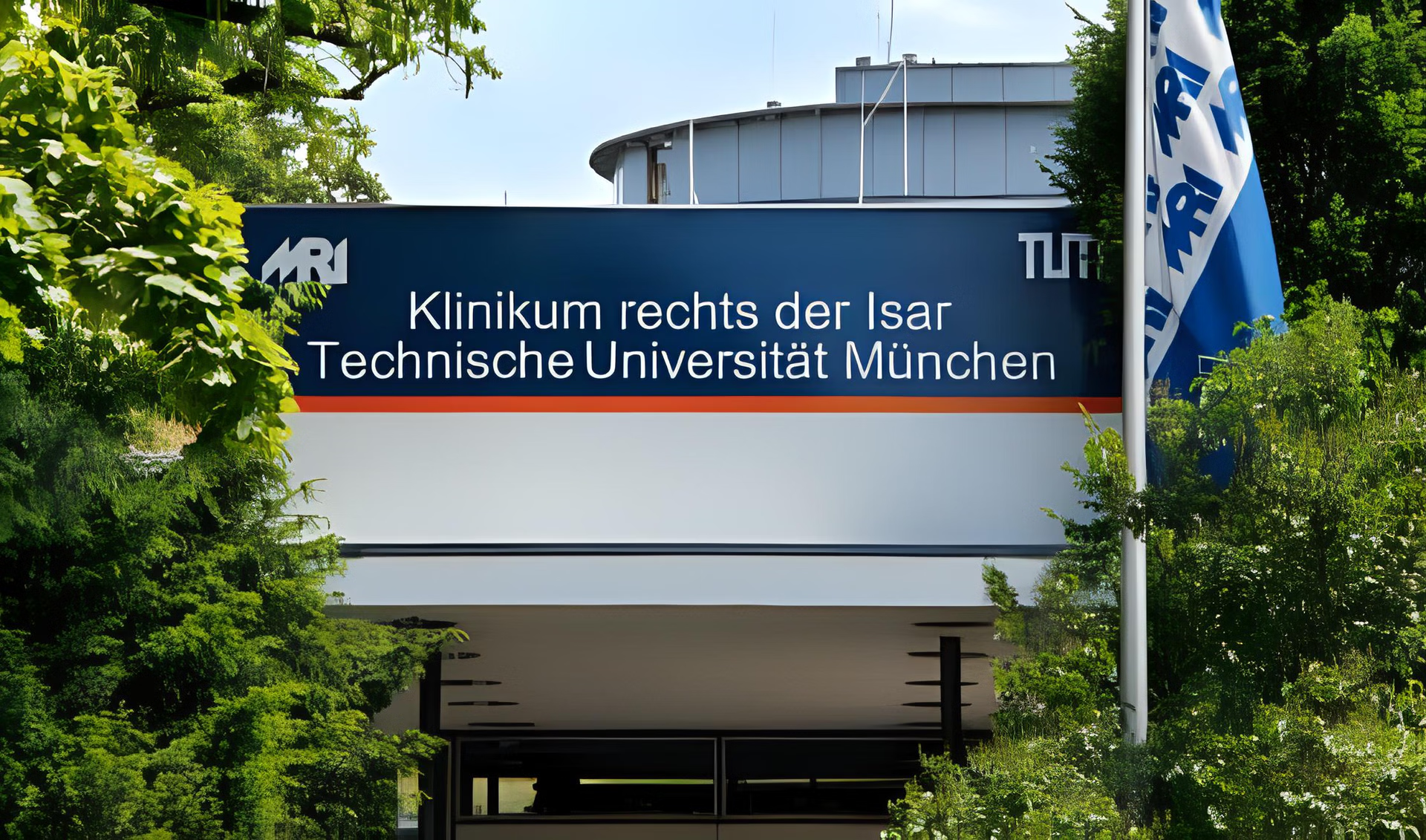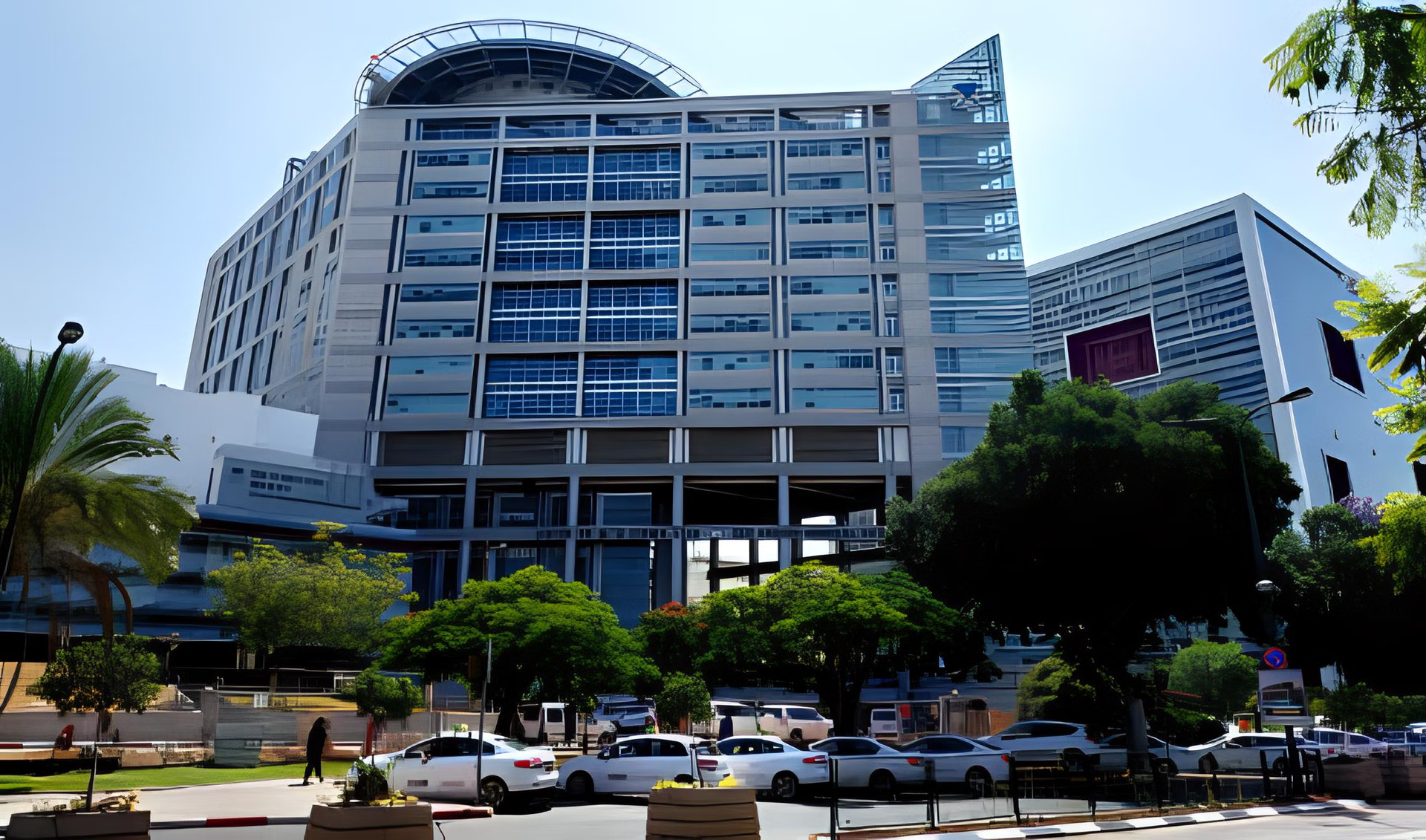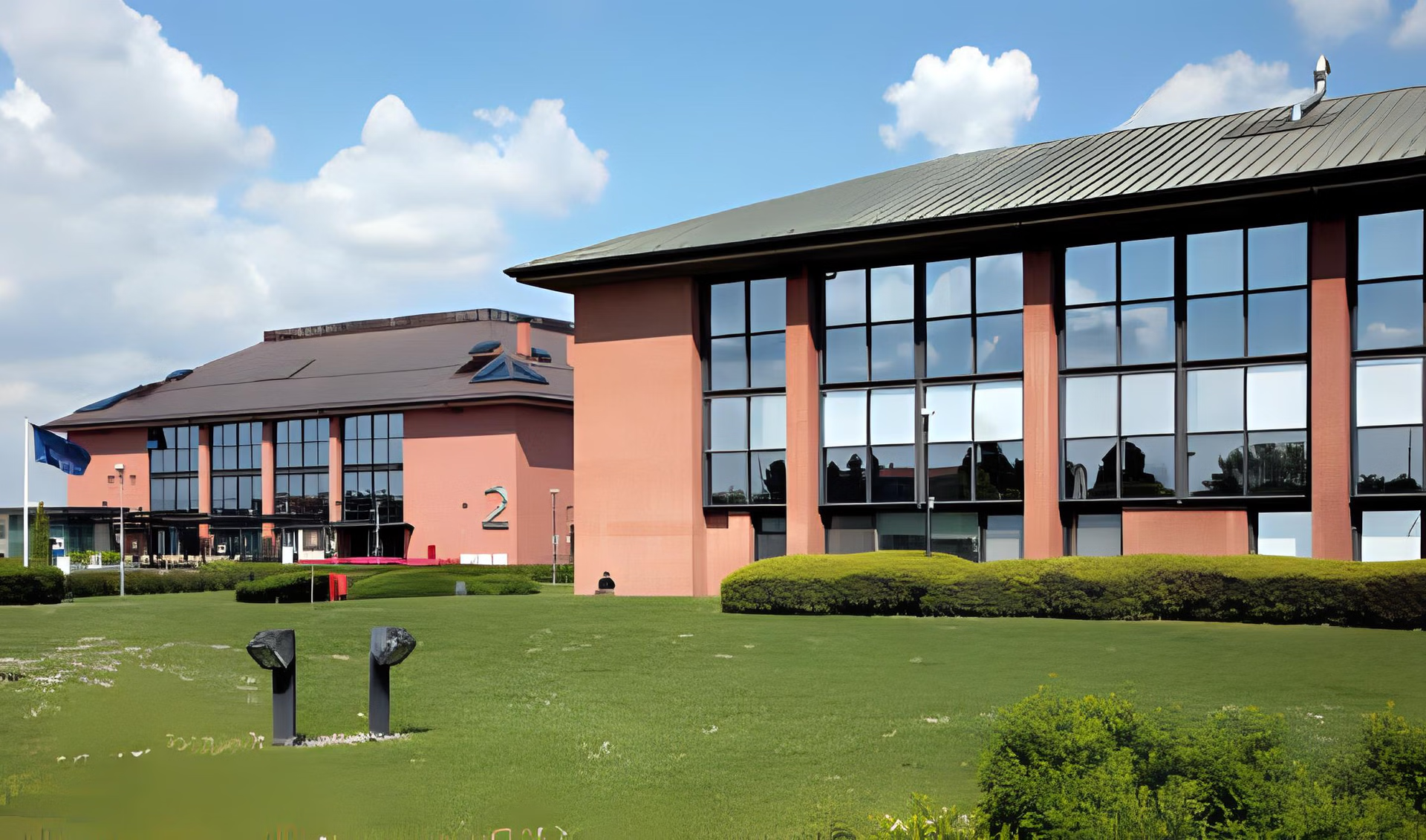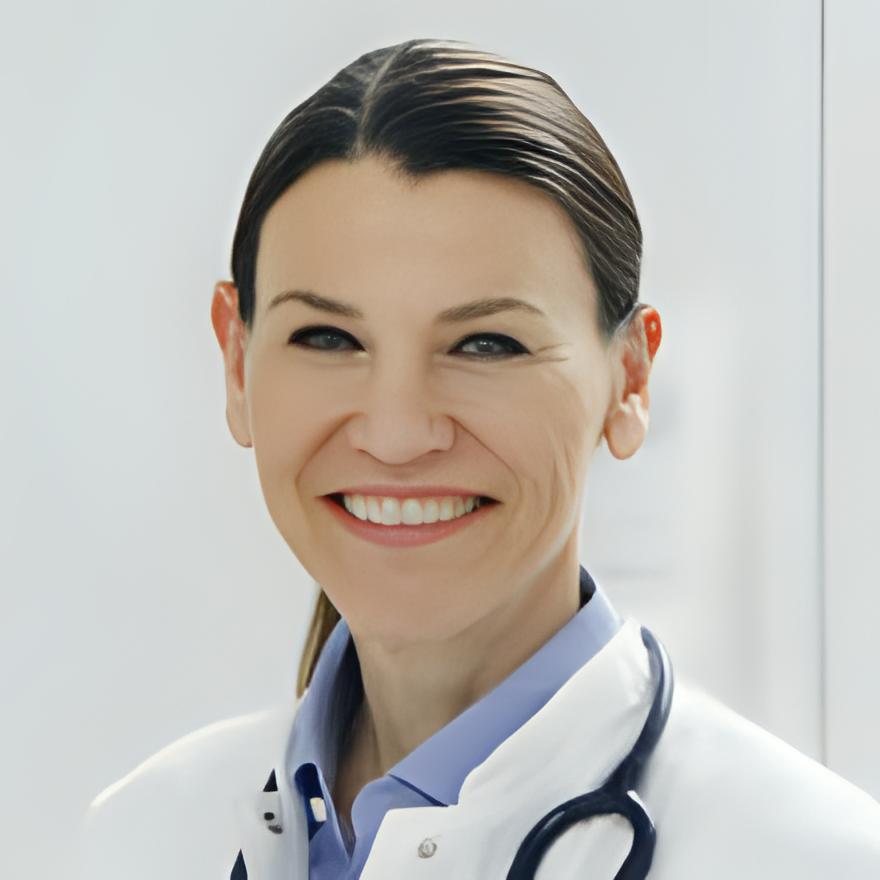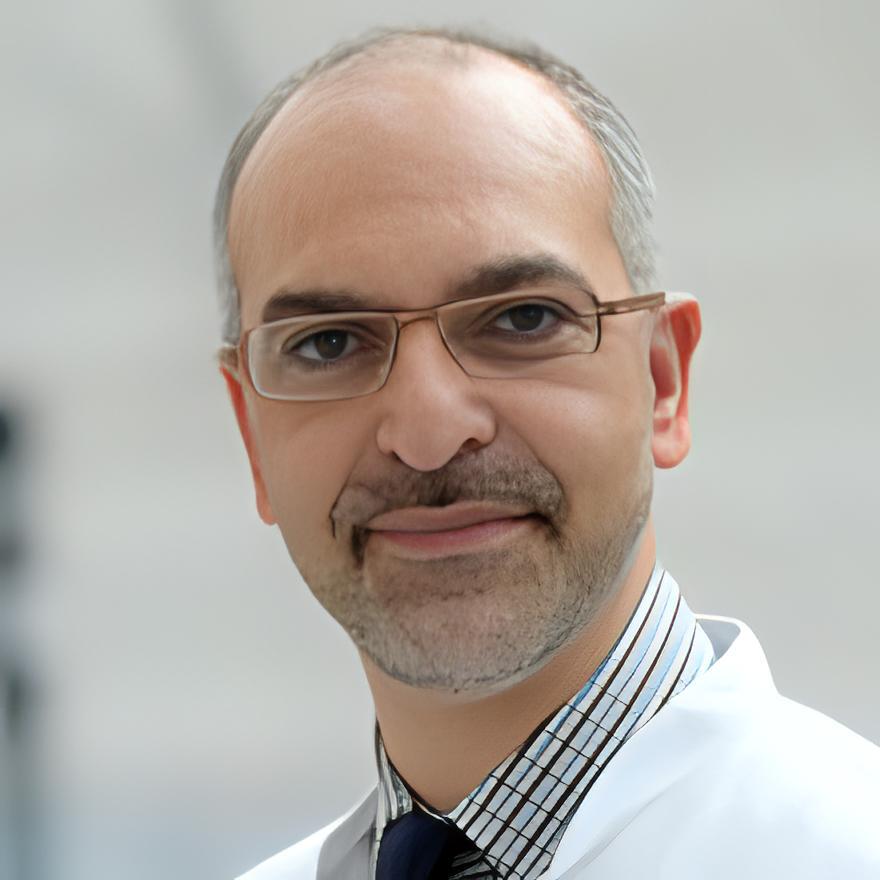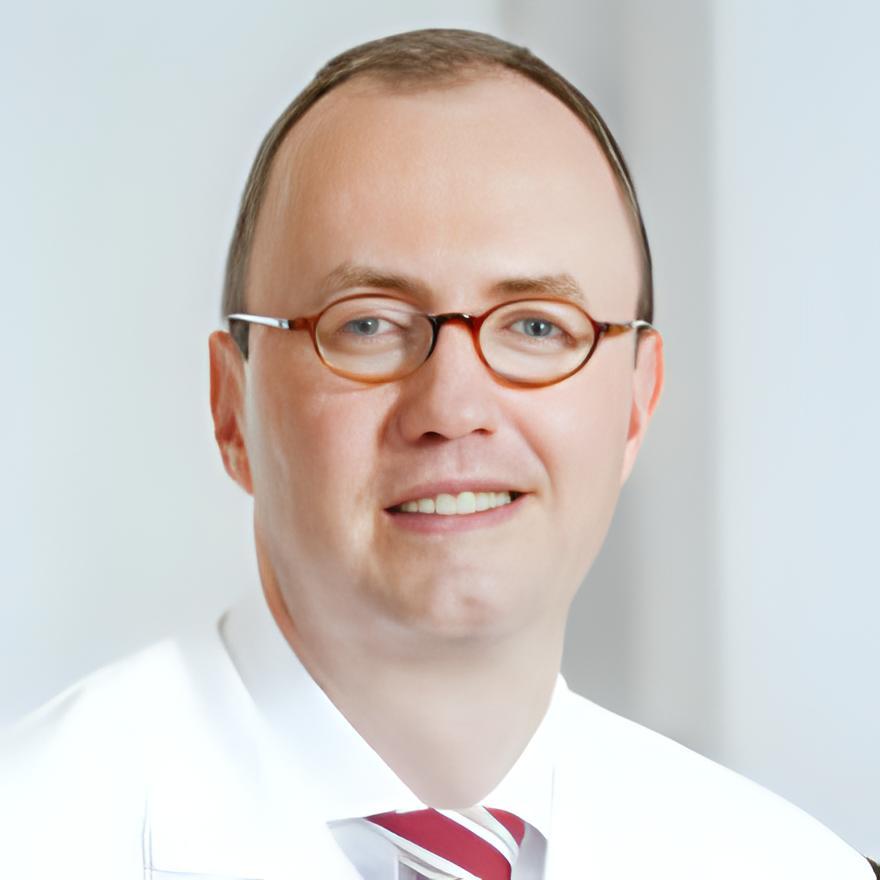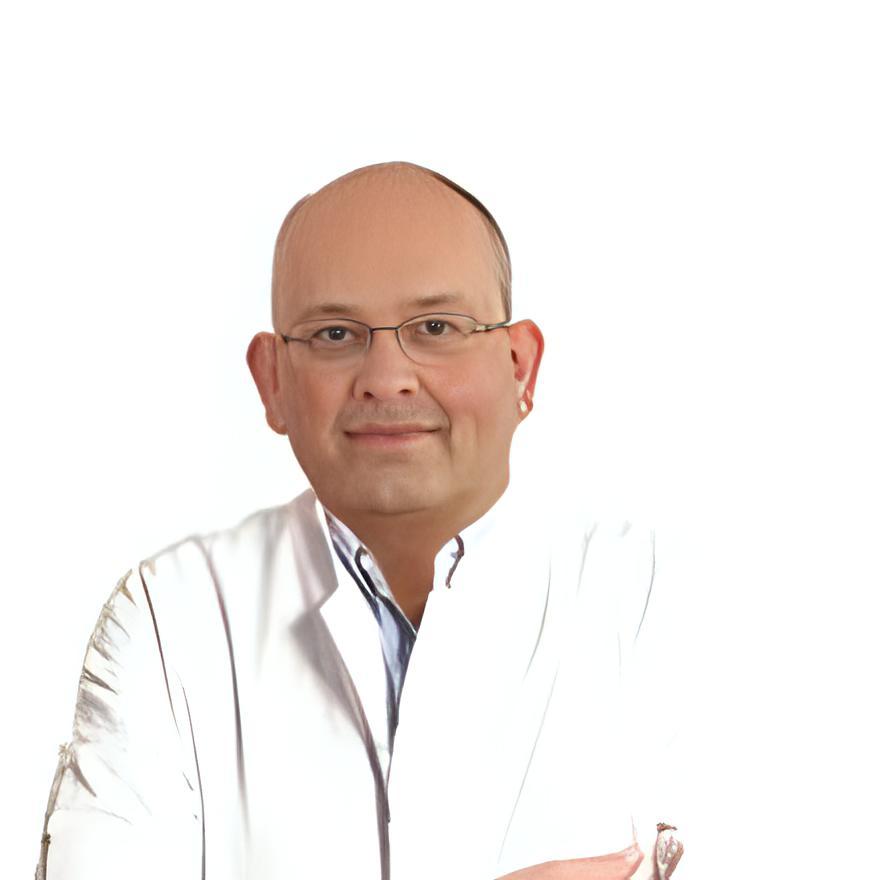Breast Cancer Guide

Every third cancer in women is breast cancer.
5-year survival rate if breast cancer is found early is 99%.
1 in 8 women is diagnosed with breast cancer during their lifetime.
Approximately 1 out of every 100 patients who are diagnosed with breast cancer is a man.
 Some words about breast
Some words about breast
The breast is an organ that rests on the top of the ribs and chest muscles. There is a left and right breast. Each one has mainly glands, ducts, and fatty tissue. The breast gives milk to feed babies. The volume of each breast is determined by how much fat there is in it.
There are different parts to the breast:
- The glands that make breast milk are called lobules.
- Ducts are small canals that the milk goes from the lobules to the nipple through.
- The nipple is the opening in the breast skin where the milk ducts meet and join to make larger ducts. It lets the milk leave the breast. The darker, thicker skin around the nipple is called the areola.
- The fat and connective tissue in the breast surrounds the ducts and lobules and keep them in place.
- The blood and lymph vessels that each breast has.
 What is cancer of the breast?
What is cancer of the breast?
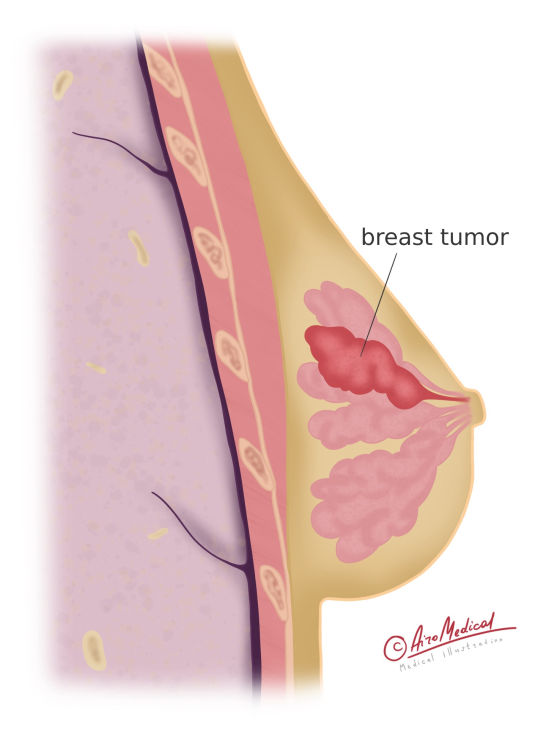 Breast cancer is when the cells divide and grow out of control, making a mass of tissue called a tumor. One or both breasts can get cancer at the same time. There are many kinds of neoplasm, each of which is named for the affected breast cells.
Breast cancer is when the cells divide and grow out of control, making a mass of tissue called a tumor. One or both breasts can get cancer at the same time. There are many kinds of neoplasm, each of which is named for the affected breast cells.
Different parts of the breast can get the disease. The type of breast cancer is based on which cells it turns.
Ductal or lobular carcinoma
All types of cancer are carcinomas, tumors from the epithelial cells that line tissues all over the body. When cancer starts in the breast, it is usually called adenocarcinoma. It begins in cells in the milk ducts or lobules (glands in the breast that make milk).
There are:
- Ductal carcinoma in situ is a pre-cancer that starts in a milk duct but hasn't spread to the rest of the breast tissue.
- Invasive ductal carcinoma, which has spread to nearby tissue, is called "invasive" or "infiltrating." It is about 70% to 80% of all malignant tumors.
Some more infiltrating forms
- Triple-negative breast cancer is aggressive, hard-to-treat form of invasive cancer. It is where the cancerous cells don't have receptors for estrogen and progesterone (ER or PR) and don't make any protein called HER2. In other words, all three tests show negative results. About 15% of patients have that form.
- Inflammatory breast cancer is a severe form of invasive neoplasm wherein malignant cells invade lymphatic vessels in the skin, making the breast look "inflamed." It is rare - only 1% to 5% of all forms.
Rare types
- Paget's disease of the breast is uncommon, only about 1-3% of all cases. It starts in the breast ducts, extending to the nipple, and then to the areola.
- Angiosarcoma makes up less than 1% of all cases. The inner cells of blood or lymph vessels are where these tumors start. They happen in either the breast tissue or the skin.
- Phyllodes tumors are uncommon types of neoplasm. They start in the breast's connective tissue, while carcinomas begin in the ducts or lobules. Most of them are.
Breast cancer is still the most frequent malignant tumor in women and the most common cancer to be diagnosed. For example, in 2021, there were more than 2.4 million new cases. Still, it is the most frequent reason for cancer death in women aged 35-54.
 Risk factors of breast cancer
Risk factors of breast cancer
These we can’t change:
- With age, the chance of getting such neoplasm increases significantly after a woman is 50. It is the main among breast cancer causes.
- Changes in genes. Women with changes (mutations) in their genes like BRCA1 and BRCA2 are more likely to get the tumor.
- History of reproduction. Women who start having periods before they are 12 or don't go through menopause until they are 55 are at risk.
- Dense breasts have less fatty tissue than connective ones. It makes it hard to see tumors on a mammogram and makes it more likely to have cancer.
- A history of breast cancer or other specific diseases increases the risks. Some conditions of the breast aren't cancerous but increase the chance of getting a malignant form.
- Family history. If a woman's mother, sister, or daughter (first-degree relatives) has had breast or ovarian cancer, her risk of getting it is higher.
- Radiation therapy in the past that was used for treatment raises the risk.
But we can change these:
- Not working out means a woman is more likely to get breast cancer and be overweight over 50.
- Hormone replacement therapy with estrogen, progesterone, and some contraceptive pills have also been found to increase the risk.
- History of reproduction. First pregnancy after 30, or having a full-term pregnancy, as well as not breastfeeding, increase the chance of cancer.
- Drinking alcohol raises the risk. Studies have shown that a woman's chance of getting breast cancer increases the more she drinks.
Research shows that smoking, being affected by cancerogenic chemicals, and changes in other hormone levels caused by working night shifts may increase the risk.
 What are the signs and symptoms of breast cancer?
What are the signs and symptoms of breast cancer?
The disease shows up in different ways in different people. Some people have no symptoms.
Some signs that somebody might have breast cancer are:
- Having a new lump in the breast or armpit;
- A breast area gets bigger or swells up;
- Breast skin that is red or bumpy.
- Skin that is red or flaky around the nipple or on the breast.
- Pain in the nipple or the area around it.
- Blood discharged from the nipple.
- Breasts change their size or shape.
- Any part of the breast hurts.
Remember that diseases other than cancer can cause these signs. For example, only 10-20 % of lumps are cancerous. But, are you ready to risk? Or it’s much better to see a doctor and take a test?
 Diagnostic tests
Diagnostic tests
The earlier breast cancer is diagnosed, the better the survival rate is. So, making an appointment and seeing a doctor is essential if something seems wrong.
Routine self-examinations of the mammary glands and regular screening mammograms can help women notice changes that aren't good and make an appointment to see a doctor.
The doctor does a breast exam, looks at the genetic testing results, and orders specific tests based on the patient's symptoms and how far along the disease is.
- Mammograms are used to check a woman's breasts to see if she is having breast problems or if a screening mammogram shows something unusual. They are diagnostic mammograms that might offer more pictures (views) of the breast than a screening. Diagnostic mammograms check for recurrence in women who have already finished the treatment. Mammograms can often show places in the breast that aren't normal. They can't say if an odd spot is cancer, but they can help doctors decide if more testing is needed, like a breast biopsy.
- Ultrasound of the breast uses sound waves; the echoes make a picture of the structure of the breast on a computer. It can show changes that are hard to see on mammograms, like fluid-filled cysts. Usually, an ultrasound is not suitable for checking for breast cancer. But it can help check for changes like lumps. Ultrasound can be beneficial for women with dense breast tissue. Doctors can also use it to look more closely at a suspicious spot on a mammogram.
- Magnetic resonance imaging (MRI-scan) may be used in high-risk women with mammograms to check for signs of breast cancer. MRI is not recommended as a standalone cancer screening test because it can miss some. MRI is also more likely to find non-cancerous conditions. Some women may obtain unnecessary tests and biopsies. That is why MRI isn't suggested for average-risk patients. MRIs are used if malignancy is suspected. Mammograms and ultrasounds are usually done initially. Oncologists use MRI if these tests are unclear. If breast cancer has already been diagnosed, a breast MRI can assist in determining all details about it.
- Newer imaging tests appeared in the last few years. Among them are fast MRI, 3D mammography, tests with technetium-99m, PET-CT scans with fluoroestradiol F-18, PEM scans, contrast mammograms, and other experimental methods. Most of them are used to verify cancer and determine if it spreads to other body parts.
- Biopsy - in case of detecting something suspicious during imaging, the doctor takes a sample of the tissues for detailed analysis in the laboratory. Several types are available:
- Aspiration needle biopsy is made with a thin needle attached to a syringe to remove tissue or fluid from a suspicious location.
- A core needle biopsy uses samples in case of changes on an ultrasound, mammography, or MRI. It is the preferred breast cancer biopsy.
- Open biopsy is surgical. The surgeon removes the lump and a border of normal breast tissue.
- Lymph node biopsy checks underarm lymph nodes for cancer spread.
In stages of breast cancer:
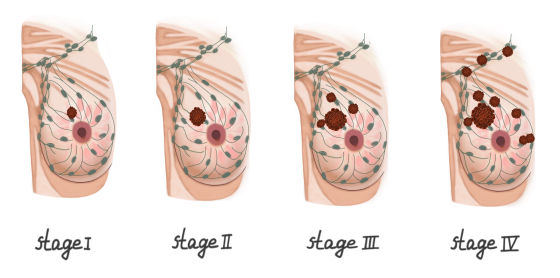
- At stage 0, changed cells are detected but do not spread to the nearby tissue;
- At stage I, cancer spreads into a small area;
- At stage II, the tumor size is between 20 and 50 mm, and some lymph nodes are involved. Or, the tumor is more significant than 50 mm, without spreading to lymph nodes.
- At Stage III, the tumor size is more than 50 mm, spreading to regional lymph nodes or cancer involving the skin or chest wall (regional metastases).
- At stage IV, the neoplasm spreads to other body parts (distant metastases).
Where to go to get treatment?
 Methods of care
Methods of care
There are many ways that oncologists can treat breast cancer. Every situation is different, and the best treatment depends on many things. For example, the size and location of the tumor and the results of lab tests are all considered. Here are the main ways to deal with it:
Breast cancer surgery is a part of most women's treatment. There are different kinds of breast surgery, and depending on the situation, they may be done for various reasons, for example, to
- Get rid of as much cancer as you can (breast-conserving surgery or mastectomy);
- Check the lymph nodes under the arm to see if cancer has spread there;
- Breast reconstruction after the cancer removal;
- Help people with advanced cancer feel better.
The doctor may suggest a particular surgery based on the type of breast cancer and medical history.
Systemic chemotherapy, or "chemo," is a treatment for cancer that uses drugs that can be taken by mouth or put into a vein. The drugs get to cancer cells in most body parts through the bloodstream. There are used before the surgery to shrink the large tumor and after the surgical operation as adjuvant chemotherapy. It removes cancer cells that may have been left or have spread, but the doctor can't see them. It does lower the chance that breast cancer will come back. Also, chemo is prescribed for metastatic cancer treatment.
Immunotherapy is when meds enhance a person's immune system to find better and kill cancer cells. Immunotherapy usually targets specific proteins in the immune system to boost its response. To start the reaction, proteins, or "checkpoints," on immune cells must be turned on (or off). Sometimes, these checkpoints help malignant cells avoid attacks from the immune system. Drugs that go after these checkpoint proteins help the immune system eliminate changed cells.
Targeted therapy uses drugs after specific proteins in breast cancer cells that help them develop and spread. Targeted drugs kill or slow down the growth of cancerous cells. They can be given through a vein, as an injection under the skin, or as a pill. Their side effects are different from those of chemotherapy. Like chemo, these meds get into the bloodstream and travel to almost all body parts. It makes them helpful in treating cancers that have spread too distantly. Sometimes targeted drugs work when chemo drugs don't. Some targeted drugs can help other kinds of treatment work better.
Hormone therapy: Drugs that affect hormones slow down or even stop the growth of tumors in the breast. Hormone therapy can affect cancer cells almost anywhere in the body, not just in the breast. It is suggested for women with tumors that respond to hormones. It doesn't help women whose tumors don't have hormone receptors (receptor-negative).
Radiation therapy is a way to treat cancer by killing cancer cells with high-energy rays. In addition to other treatments, some women with breast cancer will need radiation. It can be used in several ways. The choice depends on the cancer stage and other factors:
- After breast-conserving surgery lowers the chance of recurrence in the same breast or lymph nodes.
- After radical surgery, especially if the cancer was more extensive than 5 cm, in many lymph nodes, or if cancer cells were found in the skin or muscle along the surgical margins.
- In advanced cancer cases, when it has extended to other organs and body parts like the brain, bones, or spinal cord, it helps relieve the pain.
The type and stage of breast cancer are the most important to consider when deciding how to treat it. The doctor looks at the person's overall health and makes a treatment plan based on their needs.
What clinics perform diagnostic and treatment?
 New treatment options
New treatment options
Scientists work to prevent, detect, and treat breast cancer. Clinical trials introduce new therapeutic methods often. New technologies are improving. Breast oncology's final word:
New radiotherapy can also be hypofractionated. It is likewise delivered to the entire breast in larger doses. There are fewer daily sessions, typically for only 3 to 4 weeks. This plan prevents the tumor from returning and reduces short-term adverse effects.
Also, there are several types of treatment:
- Intraoperative: A single large dose of radiation is administered to the tumor location following surgery.
- 3D-conformal targets the tumor with sophisticated machines to spare more breast tissue. Patients receive twice-daily treatments for five days or once daily for two weeks.
- Intensity-modulated is like the previous method but also modifies beam strengths. This radiotherapy helps provide greater doses to the tumor and protects healthy tissues.
- Brachytherapy, or internal radiotherapy, is a type of radiation treatment. The microscopic granules containing a radiation source are injected directly into the mammary gland or the tissue next to it. It lets the focus of the tumor be shrunk.
Local chemotherapy
- Transarterial chemoembolization (TACE) is a minimally invasive procedure that involves putting chemotherapy locally. It means to act directly into a breast tumor through blood vessels. Then, the blood arteries that feed the tumor are blocked (embolized) to cut off the blood supply and keep the chemotherapy inside the tumor. Also, TACE is widely performed on cancer metastases.
- Transarterial chemoperfusion (TACP) is also when a breast tumor is exposed to chemo on a local level. Through a catheter, chemotherapy drugs are put directly into the artery that feeds the tumor. The drug kills breast cancer cells because there is so much inside the tumor.
Surgical treatment means removing the cancerous part of the mammary gland and reconstruction. The cancerous part is taken out. There are a few ways to do this: A lumpectomy takes the tumor and a small area of tissue around it. With a mastectomy, the whole affected breast is taken out. After the surgery, many women choose either immediate breast reconstruction with implants or delayed breast reconstruction with their tissue.
Cryosurgery. Cryosurgery destroys cancer cells and abnormal tissue by using intense cold. Breast carcinomas respond well to cryoablation. This minimally invasive approach can treat early and advanced stages when general health conditions prohibit surgery.
Dendritic cell vaccine. Dendritic cell vaccines are a promising way to treat cancer through immunotherapy. It strengthens the immune system so it can find and kill cancer cells. Researchers think that it is an effective instrument in immunotherapy. Because dendritic cells are good at presenting antigens to the immune system, they are a good target for making therapeutic vaccines to treat breast cancer.
Suppose breast cancer reaches the advanced stages with metastases in other organs. In that case, such methods as GammaKnife of CyberKnife or proton therapy are used.
Who can help?
 Stats and predictions
Stats and predictions
Survival is an essential part of the prognosis for a disease.
The International Cancer Research Foundation says that 90% of people with I-st stage breast cancer will be alive after five years. It means that 9 of every ten people with this diagnosis are still active after five years. The cancerous process that has spread to nearby areas in stages II-III has an 86% five-year survival rate. In contrast, stage IV metastatic breast cancer has a 28% five-year survival rate. The patient's survival rate is improving as we learn more about the disease and find better ways to treat it.
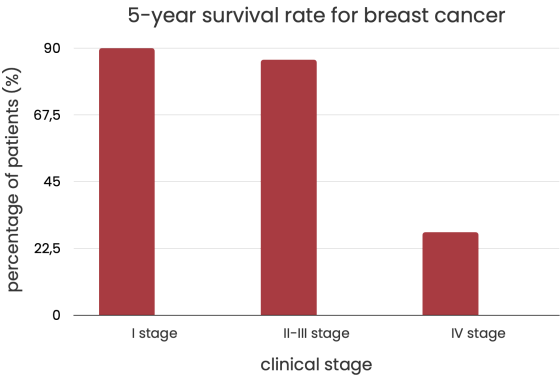
Every eight women will have a breast lump at some point. Every year, new and better ways to treat this condition are found. The only way to improve is to treat each patient individually and choose the right treatment plan.
References:
- WebMD: Breast Cancer Survival Rates
- Breast Cancer Research Foundation: Breast Cancer Statistics And Resources
- WCRF International: Cancer survival statistics
- Healthline Media a Red Ventures Company: How Breast Cancer Spreads
- American Cancer Society: Understanding a Breast Cancer Diagnosis
- Centers for Disease Control and Prevention: What Are the Symptoms of Breast Cancer?
